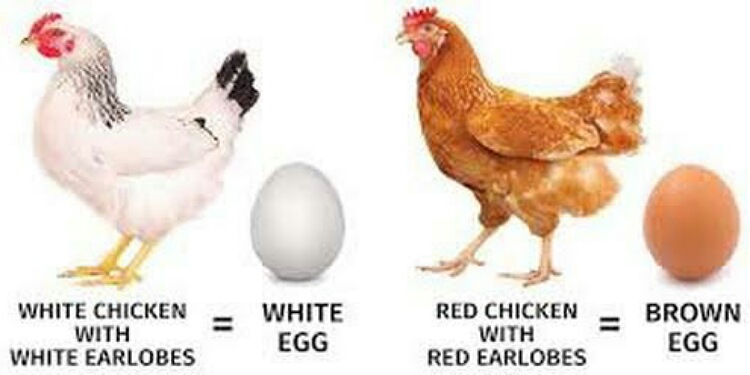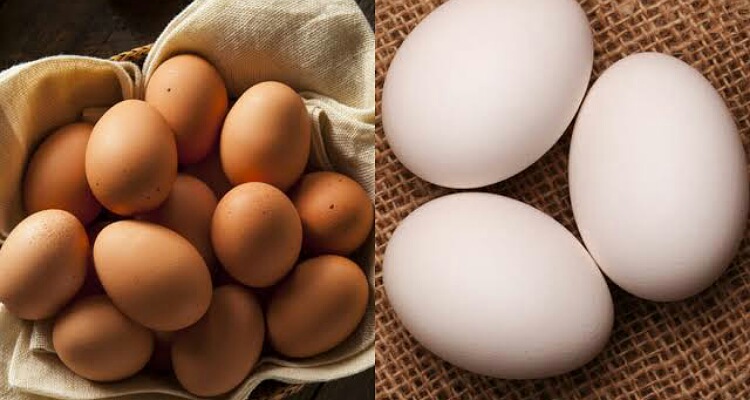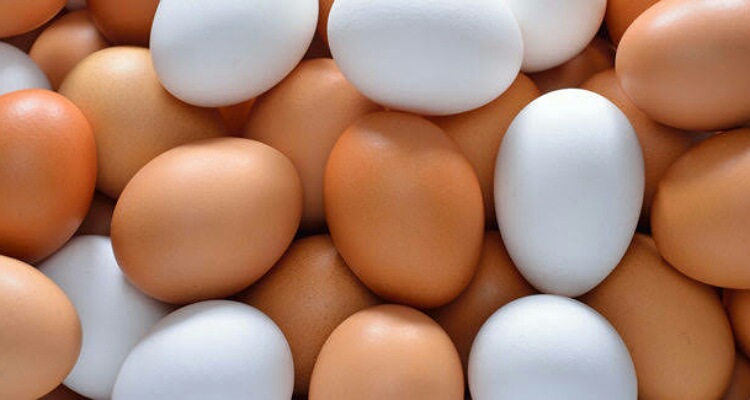In the past, there were only white eggs. But now there are different types of them: white eggs, brown colored eggs, vegetarian eggs, free range eggs etc. Prices also vary. But healthwise and nutrition wise, are there any differences?
Eggs And Colors
Formerly, there were only white eggs for sale in the market. They had white, off white or cream colored shells and used to come in different sizes, namely, medium, large, small, and extra large or jumbo. They all tasted same and had same nutrients. But the amount varied depending on the size. But all were hen’s eggs.
Non-commercial farmed eggs comes with a lot of hues of grays, greens and blues. The color of eggs depends on the breed of hens laying them. Most white eggs are from hens with white feathers and earlobes and most brown shelled eggs are laid by hens with red feathers and earlobes. But the reverse also happens sometimes.

White eggs vs brown colored eggs: what’s the difference?
Now eggs with brown shells are also available for purchase. They look more beautiful and make white eggs appear mediocre. But are the brown ones healthier?
The fact is that the eggs have only different shell colors. But nutrition wise, there is no difference between the two. Their interiors are identical and cooking wise too, there is no difference. Only hens that were given omega-3 enrichments, the omega 3 fatty acids content of their eggs is higher. These come from hens fed omega 3 fatty acids enriched feeds. Therefore, brown shelled eggs are not healthier than white eggs. There is no specific brown color egg benefits.
If we look at the flavor, eggs of both colors taste the same. Flavor changes are noticed depending upon the feed of the birds. When eggs are fresh, their yolks have a deeper orange color. And their flavors are also more intense and they taste more eggier. This holds true for both brown and white eggs. All commercial eggs taste the same.

Money factor
Eggs with brown shell are more expensive compared to white eggs. What’s the reason for this higher cost of brown shelled eggs?
If we look at the inside of the shells of the brown colored eggs, they are white. Only the outside of the egg shells is brown. And hens that lay them have an extra process in their body for it. In order to achieve the brown tint on the outside of the egg shells, the hens have to have extra nutrients in their feed. Therefore, feeds of these hens are costlier than that of hens who lay white eggs. That explains the higher price of brown shelled eggs.

Also, read How To Make Fried Eggs In A Pan? Budget, Ingredients
Moreover, the demand for the brown colored eggs is more than supply. This leads to more charging by the seller and hence higher cost. Also note that the extra nutrients are for the hens. They remain in their body and do not enter the eggs or improve their nutrients density. Thus, there is no additional health benefits in brown shelled eggs as against white eggs.
